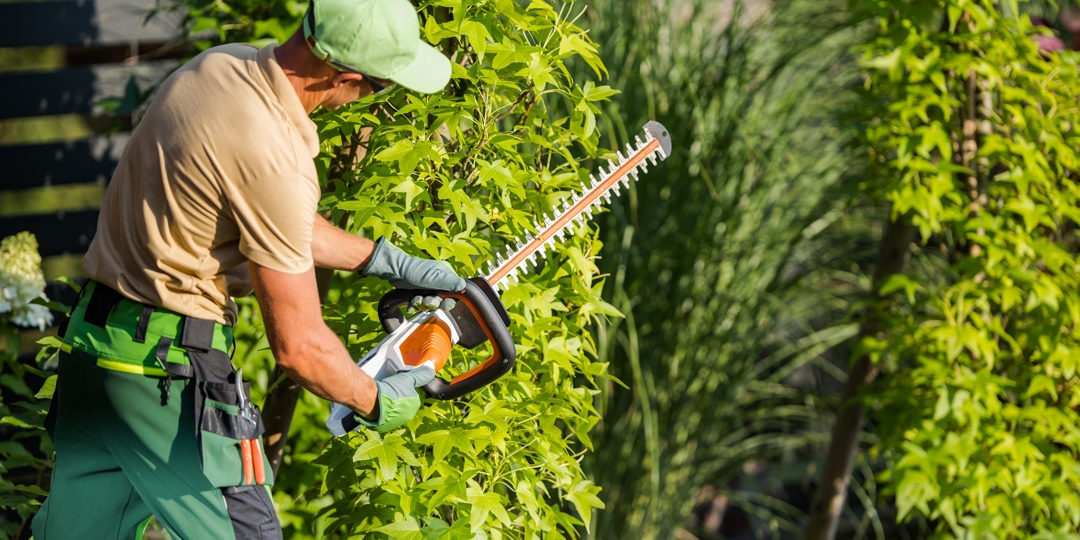Managing trees across shared HOA properties comes with unique challenges. Homeowners associations must balance safety, long-term health, and visual appeal across sidewalks, green spaces, and common areas. Tree care directly affects property values, resident satisfaction, and legal compliance. By partnering with experienced tree care professionals, HOAs can maintain an attractive environment while protecting community investments from avoidable risks. Smart tree management keeps your neighborhood healthy, beautiful, and safe year-round.
Tree Health and Liability in HOA Communities
Tree-related hazards on HOA properties can quickly become major liabilities. Weak or dead limbs pose serious risks to residents, vehicles, and nearby structures. Invasive root systems can damage sidewalks or underground plumbing. A single storm can turn a minor issue into a costly emergency. Proactive management helps reduce these risks. Regular inspections from arborists detect structural instability, disease, and overgrowth before they lead to property damage or personal injury. Establishing a consistent maintenance routine, including pruning and inspections, lowers the chances of litigation from fallen branches or tree-related accidents. A healthy tree is a stable tree, and stability means safety. Whether your community includes young saplings or mature canopy trees, addressing health concerns early is both cost-effective and responsible. Your HOA board won’t just save money; it will help prevent injuries, insurance claims, and unnecessary disruption in shared spaces.
Common Tree Problems on HOA Properties
Even one neglected tree can cause big problems. In HOA neighborhoods, these issues multiply quickly across multiple lots, walkways, and public areas. Overgrowth leads to poor sightlines for drivers and pedestrian hazards. Unbalanced canopy growth can create storm-prone limbs, especially near rooftops or power lines. Invasive roots may damage sidewalks, fences, or irrigation systems. Pest infestations such as scale insects or borers spread quickly, affecting nearby trees and healthy growth. Diseased trees can weaken internally, increasing the risk of broken branches during severe weather. Leaning trunks or cracks often go unnoticed until it’s too late. When these issues occur across property lines or shared spaces, HOA disputes and resident complaints soon follow. Identifying and addressing red flags early protects your infrastructure, your budget, and your residents. Partnering with a trusted arborist team makes it easier to stay ahead of potential problems.
HOA Tree Care Guidelines and Compliance
Tree care doesn’t happen in isolation, especially within HOA communities. Most neighborhoods have bylaws that outline when and how tree work can be performed, and many cities require permits for pruning or removal. Homeowners associations are responsible for ensuring legal compliance, safety oversight, and aesthetic consistency. Professional guidance makes that process easier. Arborists know how to navigate municipal ordinances and HOA governing documents. They understand how to follow regulations regarding protected species, invasive growth, and required documentation. Without expert input, associations risk costly violations, neighbor disputes, or insurance complications. Regular maintenance and proper removal must follow both the letter and spirit of local guidelines. This includes maintaining property lines, obtaining necessary permits, and aligning work with community design standards. Following the rules and keeping thorough records demonstrate transparency and due diligence for every HOA board.
Tree Selection and Long-Term Aesthetic Planning
Choosing the right trees isn’t just about how they look on day one. HOAs need to consider the long-term growth, root behavior, and visual cohesion across community spaces. Here are a few tips:
- Selecting species that are native or well-adapted to your region, like yaupon holly or cedar elm, reduces maintenance needs and water usage. These trees are more resistant to local pests and droughts.
- When choosing for aesthetics, think in terms of canopy shape, seasonal color, and debris control. For example, uniform species lining sidewalks help create visual harmony, while flowering varieties like crape myrtle or redbud provide bursts of color without major cleanup.
- Avoid species known for excessive leaf drop or brittle branches, and collaborate with a landscape contractor or arborist to match the right tree with the right spot.
- With thoughtful planning, HOAs can preserve their community’s look, reduce long-term costs, and make future tree replacements part of a smart, forward-thinking strategy.
Creating a Tree Maintenance Plan with Experts
Every tree on HOA property needs attention, but not all at once. A long-term maintenance plan ensures consistent care. Partnering with a professional tree care company allows your HOA to create a seasonal schedule that includes trimming, fertilization, and health checks year-round. Arborists can prioritize high-risk areas such as walkways, play zones, or community entrances for immediate service. Soil health is equally important; deep root fertilization and bubbler zone adjustments extend the life of mature trees. Structural supports like cabling and bracing protect integrity during strong winds. For insect or disease management, certified crews can apply targeted treatments that protect the environment. Clear documentation and scheduling keep board members informed and prepared. With a structured plan in place, your HOA invests in the long-term health, safety, and beauty of its shared outdoor spaces.
Schedule a Tree Management Walkthrough with Monster Tree
Want to protect your trees and preserve your neighborhood’s appeal? Schedule a property walkthrough with Monster Tree today. Their Arborists understand the needs of large communities and create customized care plans for HOAs. From inspections to year-round maintenance schedules, they help your community thrive safely and beautifully.

